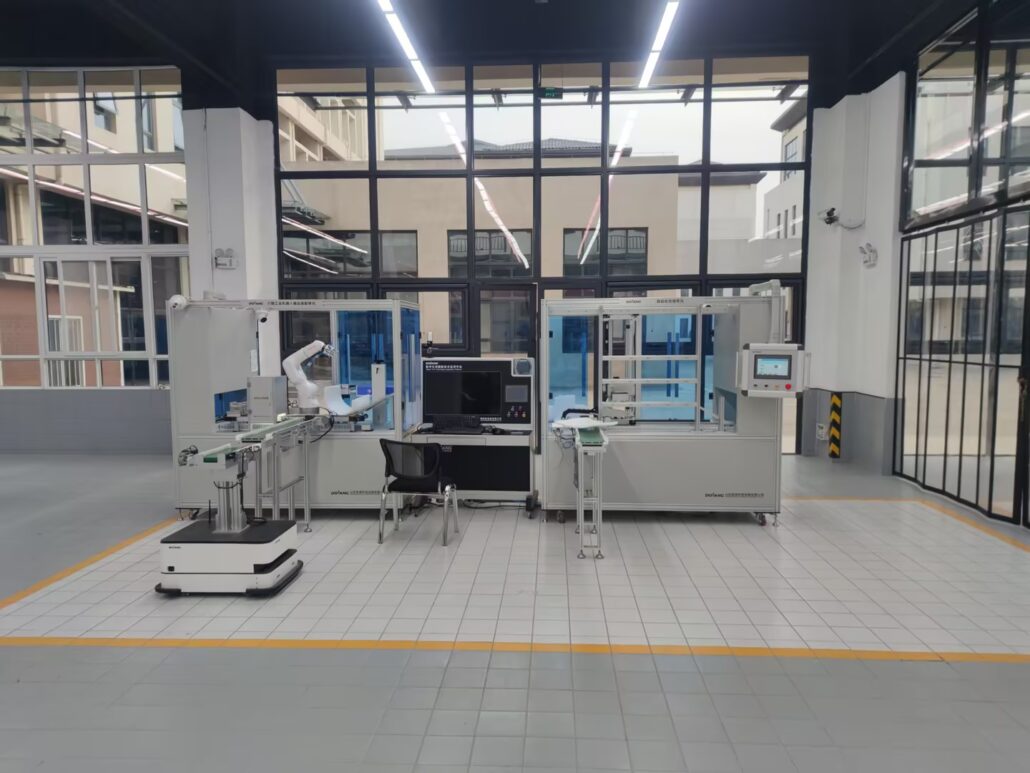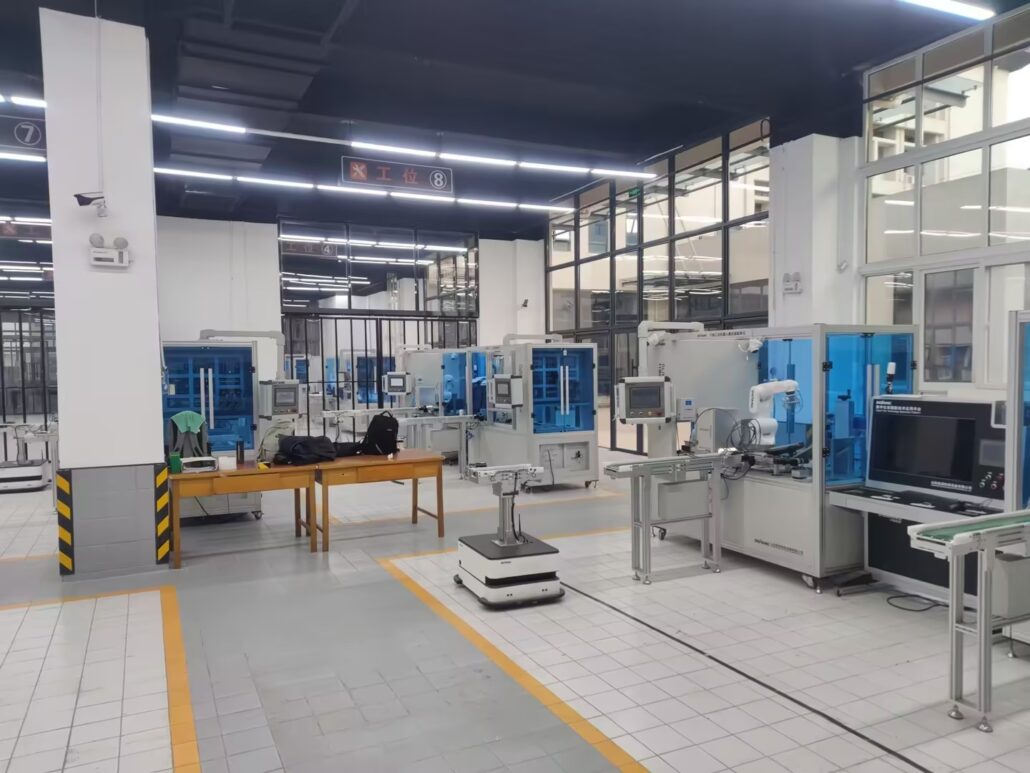Intelligent manufacturing is the main direction of implementing the strategy of manufacturing power. Manufacturing in China requires information technology to be embedded in the manufacturing industry, subverting the traditional production process, production mode and management mode. Accelerate the development and application demonstration of Internet of things technology, and cultivate new industrial Internet applications such as intelligent monitoring, remote diagnosis management, and whole industry chain traceability.
Industry is the most important application field of Internet of things. It can improve manufacturing and service efficiency, improve product quality, reduce product cost and resource consumption by integrating information technology such as environment aware terminal, ubiquitous technology based computing mode and mobile communication into all aspects of industrial production, management and product service. The Internet of things is the cornerstone of intelligent manufacturing. The application of the Internet of things in the industrial field constitutes the “industrial Internet”, which is the embodiment of the wide area Internet of things.
The hardware platform of dlim-103ma Internet collaborative manufacturing production system is composed of network layer suite, training platform, bookmark feeding module, industrial visual inspection module, six axis industrial robot handling and assembly module, Bookmark Box feeding module, RFID tag reading and writing unit, automatic storage module, AGV mobile car and control system. The software platform consists of MES production information management system.
In order to promote development of intelligent manufacturing, shorten the product development cycle effectively, and reduce operating costs and resource and energy consumption, accelerate the development of intelligent manufacturing, more and more colleges and universities build training center for intelligent manufacturing and Industrial 4.0.


DLIM-103MA Internet collaborative manufacturing production system
The hardware platform of dlim-103ma Internet collaborative manufacturing production system is composed of network layer suite, training platform, bookmark feeding module, industrial visual inspection module, six axis industrial robot handling and assembly module, Bookmark Box feeding module, RFID tag reading and writing unit, automatic storage module, AGV mobile car and control system. The software platform consists of MES production information management system.
Using this system, students can learn and master the following skills:
1) Sensor detection technology: including photoelectric sensor, optical fiber sensor, inductance sensor and so on. Students can know and understand each sensor and master the use method of each sensor on the equipment.
2) Visual inspection technology: students can know and understand the visual inspection equipment, master the use of visual inspection equipment, and practice the use of visual inspection software.
3) Visual dynamic tracking and picking technology: students can understand and account for the composition and application of visual dynamic tracking technology through conveyor, visual inspection system, rotating card, sensor and processing software.
4) Electrical control system: electrical drawings are designed according to industrial standards. Students can learn circuit principle analysis, PLC I/O address checking and equipment circuit analysis methods on the equipment.
5) Motor drive technology: including DC motor, servo motor and driver, etc. students can understand the motor and master the use method of each motor.
6) Industrial robot technology: students can know and understand the real industrial robot, learn the use of industrial robot, and practice the software programming of industrial robot.
7) Siemens PLC technology: students can practice PLC wiring, programming, debugging on the equipment.
8) Configuration technology: students can practice Siemens configuration software programming and communication between configuration software and PLC.
9) Process flow of production line: students can learn the process flow of production line on the equipment.
10) System maintenance and fault detection technology: this part focuses on the contents and methods of routine maintenance of electromechanical integration equipment, as well as common fault analysis and troubleshooting methods.
11) MES technology and application: users place orders through computers or mobile phones, select demand information at the same time (demand information is provided in the form of multiple options, users can choose bookmarks and packaging boxes with different colors), upload customized pictures, and send order information to Internet collaborative manufacturing production line through MES system (customized pictures are finally displayed in bookmarks in the form of laser marking machine) As shown in the figure below:








